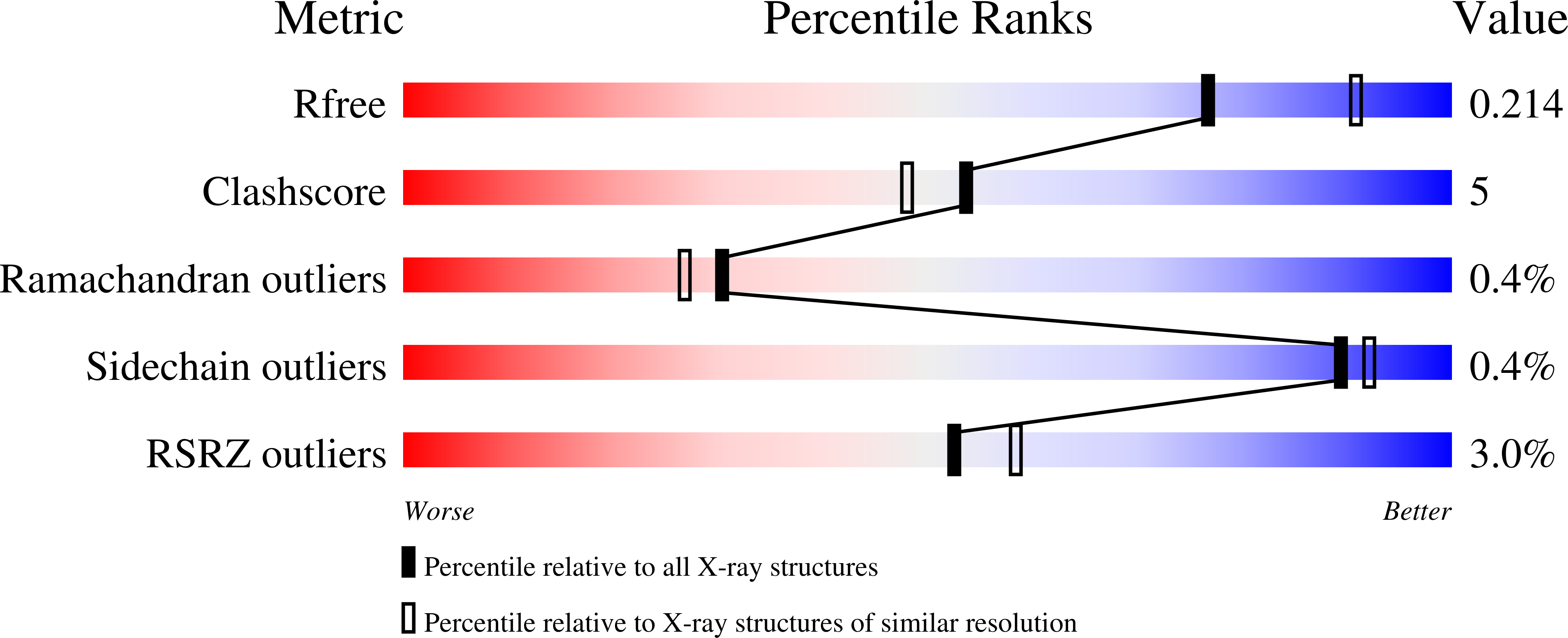
Deposition Date
2025-05-20
Release Date
2025-08-13
Last Version Date
2025-08-13
Entry Detail
PDB ID:
9R9D
Keywords:
Title:
Recombinant human butyrylcholinesterase in complex with N-(2-methoxyethyl)-N-{[1-(prop-2-yn-1-yl)pyrrolidin-3-yl]methyl}naphthalene-2-carboxamide
Biological Source:
Source Organism:
Homo sapiens (Taxon ID: 9606)
Host Organism:
Method Details:
Experimental Method:
Resolution:
2.16 Å
R-Value Free:
0.21
R-Value Work:
0.17
R-Value Observed:
0.17
Space Group:
I 4 2 2


